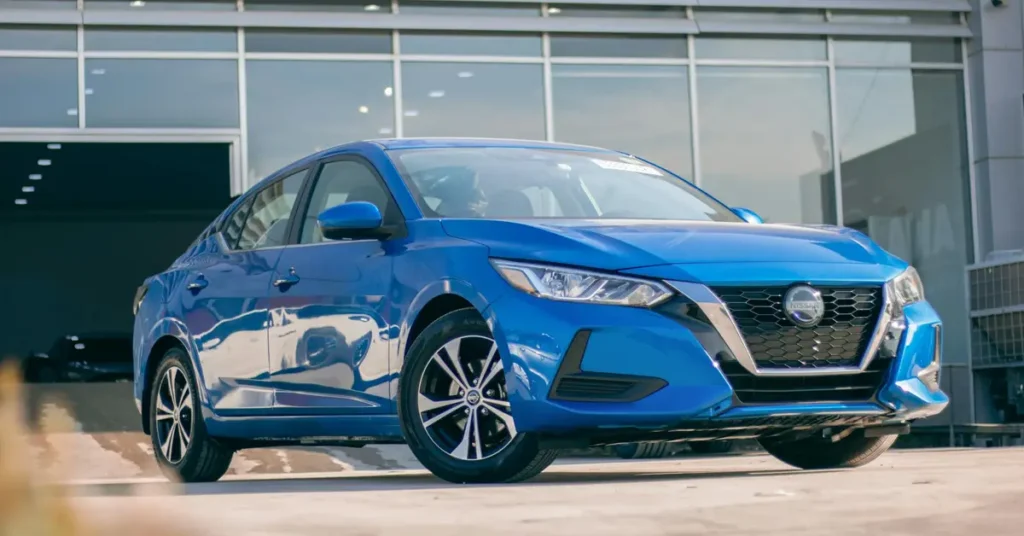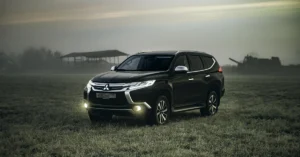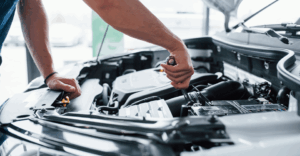The Nissan Sunny SV has long been known for practicality, fuel efficiency, and affordability. For many UAE drivers, it has been a trusted everyday companion reliable on city streets and efficient on long highway drives. But as these cars age, certain quirks and common issues begin to surface.
Whether you’re considering buying a Sunny SV, already own one, or are simply curious, knowing the most frequent problems and how to prevent or address them can save you time, money, and frustration.
1. Transmission & CVT Jerkiness
One of the most reported issues with the Sunny SV lies in the Continuously Variable Transmission (CVT). Drivers often notice subtle but irritating jerks, especially around 50–60 km/h.
Common signs:
- A sudden “lurch” during gentle acceleration
- Gear-like sensations when easing off the throttle
- Reduced smoothness, similar to an older manual gearbox
In humid Gulf climates, fluid viscosity plays a major role. Regular CVT fluid checks and periodic ECU resets (such as briefly disconnecting the battery) can help recalibrate the system and improve driving smoothness.
2. Unexpected Engine Stalls
Some Sunny SV owners report random engine stalls, sometimes even while driving. These usually restart after a few minutes but can be worrying.
Typical symptoms:
- Sudden cut-outs at traffic lights or junctions
- A solitary “click” sound before ignition resumes
Often, this points to aging electrical connections or immobilizer system faults. A thorough inspection of wiring and relays usually prevents the problem from escalating.
3. Electrical Gremlins
The Sunny’s electrical system works well when new, but age brings small frustrations.
Recurring issues include:
- Mystery dashboard warning lights (sometimes even covered with stickers to hide them!)
- Air conditioning struggling in peak summer heat
- Power windows or interior electronics becoming unreliable
Inconsistent after-sales service has been a frustration for some owners. The best fix is consistent servicing from trusted specialists who know how to troubleshoot beyond factory defaults.
4. 2011–2014 Models to Watch
Across different model years, Sunny SV owners have also reported:
- Misfires or hesitant acceleration
- Dimming headlights and weak A/C cooling
- Suspension wear, causing wobbling pedals or doors
- Soft brake feel with age, raising safety concerns
Most of these are not critical design flaws rather signs of normal wear that need preventive attention.
6. Tips for UAE Owners
To keep your Sunny SV in top shape under UAE driving conditions:
- Check the gearbox often: Especially in CVT models, monitor fluid health and reset the ECU as needed.
- Don’t ignore warning lights: Investigate early instead of masking dashboard alerts.
- Inspect electrical and A/C systems: Prevent interior heat damage before the summer peak.
- Choose well-serviced cars: Models with detailed service histories are always safer bets.
Use climate-appropriate parts and fluids: Oils, coolants, and filters designed for sandy and hot environments make a big difference
Final Thoughts
The Nissan Sunny SV is far from perfect, but for many UAE drivers, its spacious cabin, comfort, and economy outweigh its handful of quirks. Most issues are tied to age and wear, not fundamental flaws. With consistent preventive care and professional servicing, the Sunny SV remains a capable and trustworthy sedan for daily use.
MotorHub UAE – Reliable, Expert Care for Your Sunny
Your Nissan Sunny may be compact, but it faces big challenges on UAE roads from scorching 45°C heat to dusty desert highways. At MotorHub, we specialize in keeping cars like the Sunny SV running smoothly in these demanding conditions.
From CVT inspections and fluid services to electrical diagnostics and climate-tailored maintenance, our certified team uses OEM-grade parts and proven techniques to extend your Sunny’s life.
Whether you’re commuting through Dubai, cruising along Sheikh Zayed Road, or taking a weekend drive to Liwa, MotorHub ensures your Sunny delivers comfort, safety, and efficiency in every kilometre.



